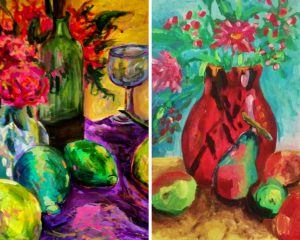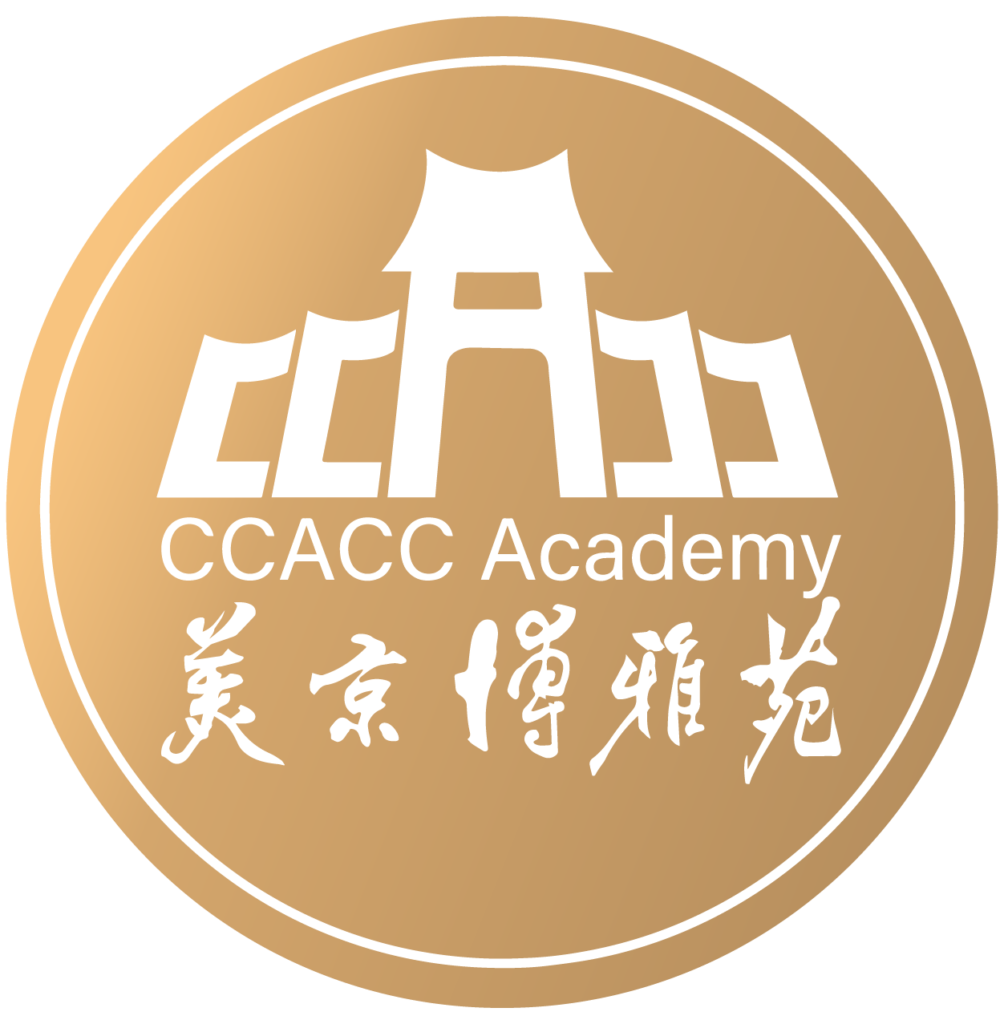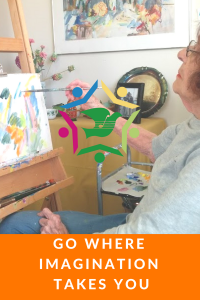Prior to instructing art at the Washington Cathay Future Center (WCFC) and in Public Schools, I was the unlikely painting companion to a 91-year-old woman named Charlotte. Most Saturdays, for over a year, Charlotte and I sat side by side and created works of art. We not only painted together, but we also discussed techniques and critiqued each other’s works. Her critiques were sometimes harsher than mine, but I guess you can be a bit unfiltered when you are in your 90s!
The time I spent with Charlotte generated some of the most uninhibited and meaningful art-making of my life that has brought me to a dedication to visual art education at the WCFC.
“The discourse transformed the art.”
We’d talk about her trip she took to Mexico when she was in her early 20s, a story she often forgets that she already told me twenty times, and suddenly she selects brighter paint colors and her brush strokes become a bit more active. I learned that art making can be a lot more fruitful in a social setting where artists can discuss and look at each others ideas.

But I haven’t always felt this level of creative freedom and connection to my artwork. In college, I felt stifled by my professors’ limited definition of what it means to create art in the 21st century. I felt like they expected all works to be abstract and scoffed at anything representational that involved traditional subject matter – still lives, landscapes, and portraiture. As a result, I created works that I neither understood nor valued. During critiques, I disagreed with my peers’ interpretations of my work, but couldn’t offer a more accurate interpretation. Painting and interpreting my art felt more like a cumbersome task only to be attempted with a guiding hand. This was definitely a class style I hope to avoid.
One evening I went to a celebration connected to the camp I attended since I was young. The celebration happened to be at the house of Charlotte’s daughter, Sandy. Sandy expressed her concern that her mother, once a prolific artist, now a victim of depression and dementia, had not painted in a decade. Sandy suggested having a visit with Charlotte to see if Charlotte was interested in working with me. I met with Charlotte the next week over lunch and we have been connected creatively and emotionally ever since. On the weekends I painted the still lives, figures, and landscapes I love with her, which has helped me return to a similar subject matter in my own artwork and to inspire students to select the subject matter that is right for them.
When I started working with Charlotte, I thought my art would evolve to have a specific style. But watching Charlotte create her art now, and comparing what she has done in past weeks, to 30 years ago when she was in her 60s, and even before that, has taught me that making art is a constantly evolving process, with no specific end point. Just like my students, I have to keep taking art lessons and working on my craft.
“I have to just go where my imagination takes me and help my students to do the same.”
Melissa Eisen is a programs manager at the Washington Cathay Future Center in Rockville, MD. In her spare time she continues to create her own personal art work that can be found at www.meleisen.com.

